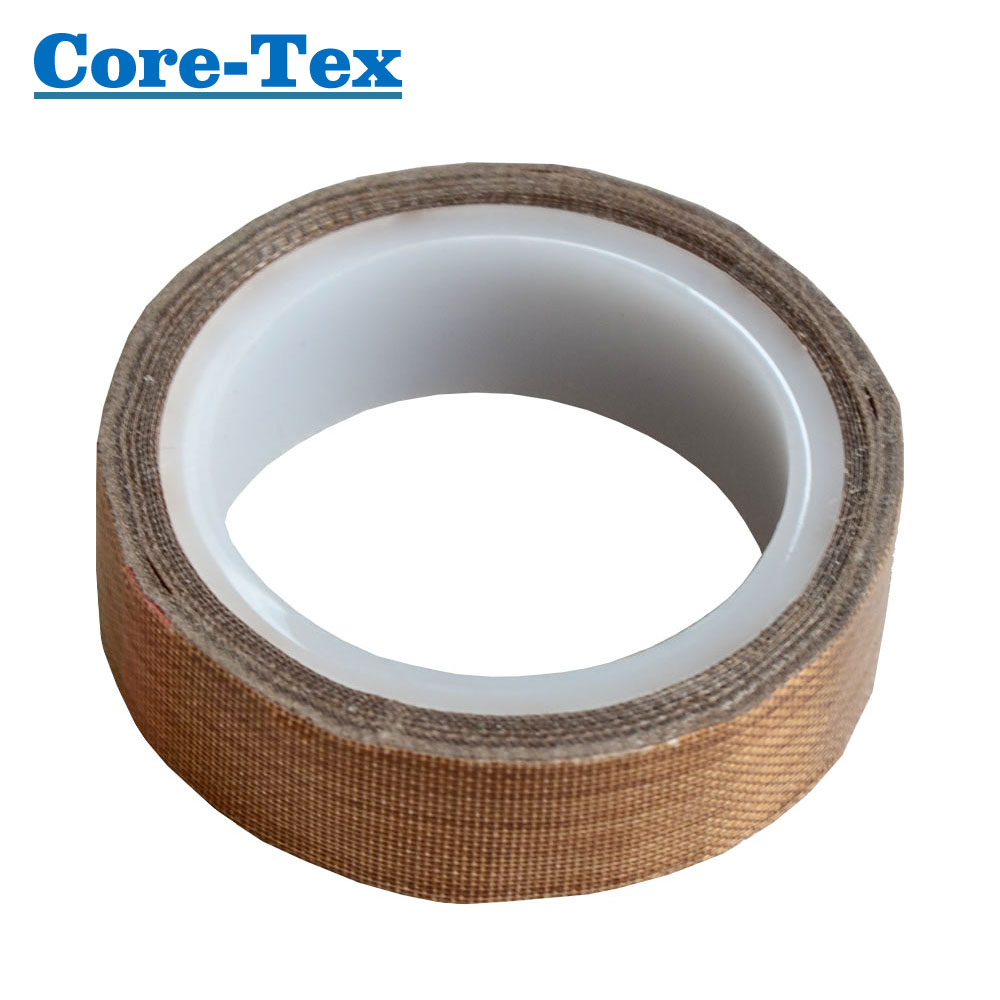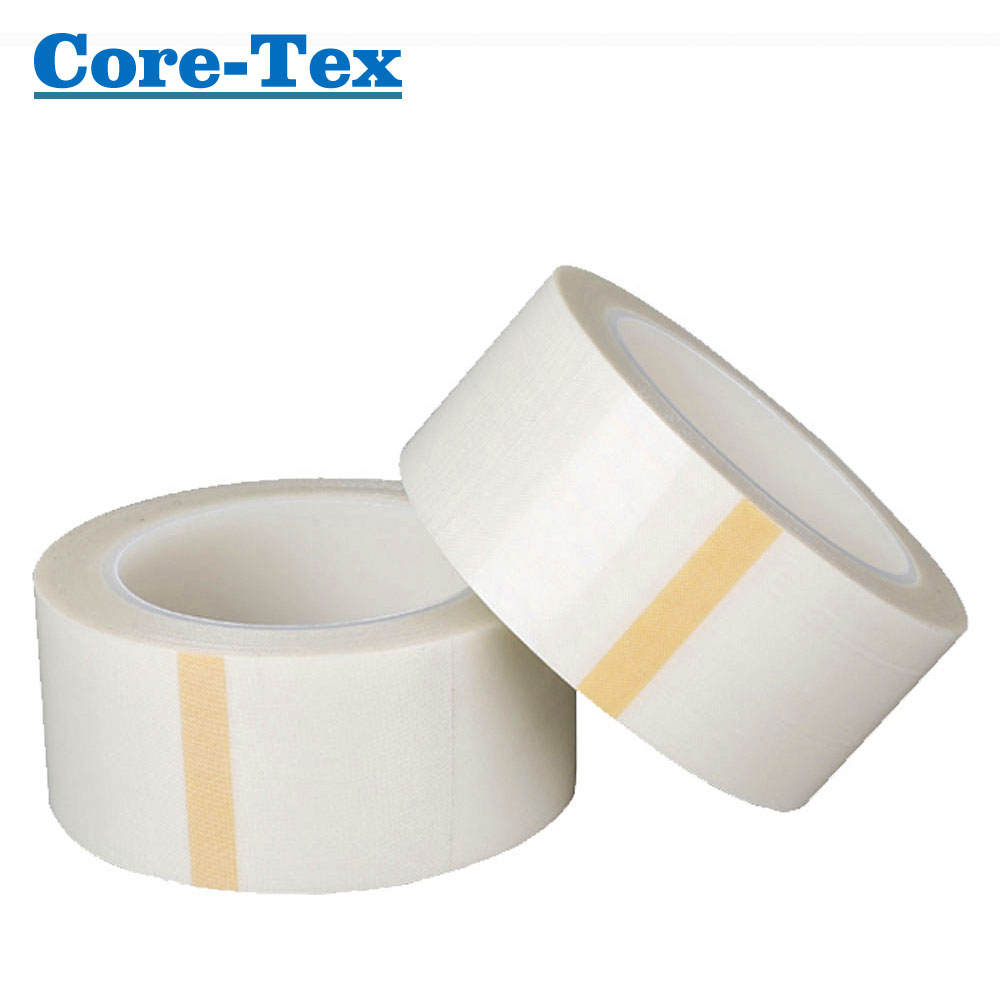Specifically, if the working environment is just up to about 100℃ and the company does not pay much attention to the quality and service life to Teflon tape, the choice of Teflon tape that temperature resistance reaches 260℃ is a waste.

If the working environment requires that its temperature resistance is up to 180-260℃, then you must choose the 260℃ Teflon tape.
Therefore, domestic customers are generally divided into above two types except the customers who uses imported rape. Most customers, especially end-use customers, will choose the 260℃ Teflon tape taking into account the degree of temperature resistance and service life, so this kind Teflon tape is more popular in the market.
Teflon coating is a unique high-performance coating that combines heat resistance, chemical inertia, excellent insulation stability and low friction, which has the combined advantages that other coatings cannot compete with, and the flexibility it applies allows it to be used in almost all shapes and sizes of products.
Teflon is divided into several basic types as PTFE, FEP, PFA, ETFE.
1, Teflon PTFE: non-stick PTFE (polytetrafluoroethylene) coating can be used continuously in 260 ℃, with a 290-300 ℃maximum temperature, very low friction coefficient, good wear resistance and chemical stability.
2, Teflon FEP: non-stick FEP (ethylene fluoride propylene copolymer) coating melts and forms porous film in baking. It has excellent chemical stability and non-stick characteristics, and the maximum operating temperature is 200℃.
3, Teflon PFA: non-stick PFA (over fluorine alkylation) coating melts and forms porous film in baking. The advantage of PFA is that it has a higher continuous temperature ( 260℃) and stronger toughness, which especially suitable for the high temperature conditions of anti-adhesion and chemical resistance.
4, The Teflon ETFE: ETFE is a copolymer of ethylene and tetrafluoroethylene. That is the toughest fluorine polymer that can form a highly durable coating with excellent chemical resistance, and it can continuous operate at 150 ℃.
After Teflon coating, it has the following characteristics:
1 Non-adhesion: almost all substances are not bonded with Teflon coating even if the coating is very thin membrane.
2 Heat Resistance: Teflon coating has excellent high and low temperature resistance characteristics. It can withstand high temperature to 300 ℃ in short time. And it can be used continuously between 240℃~260℃ with significant thermal stability. What’s more, it will not embrittle at freezing temperature, and will not melt in the high temperature.
3 Sliding: Teflon coating has a low friction coefficient. The friction coefficient changes when the load is sliding, and the coefficient is 0.05-0.15.
4 Moisture Resistance: Teflon coating surface does can keep free from water, oil and solution when operating. If it is sticky a small amount of dirt, simple wipe can removed it. Short downtime can save working hours and increases productivity.
5 Wear Resistance: Teflon coating has excellent wear resistance under high load. And, it has the dual advantages of wear resistance and non-adhesion under a certain load.
6 Corrosion Resistance: Teflon is almost immune from drug erosion, so that it can protect parts from any kind of chemical corrosion.








